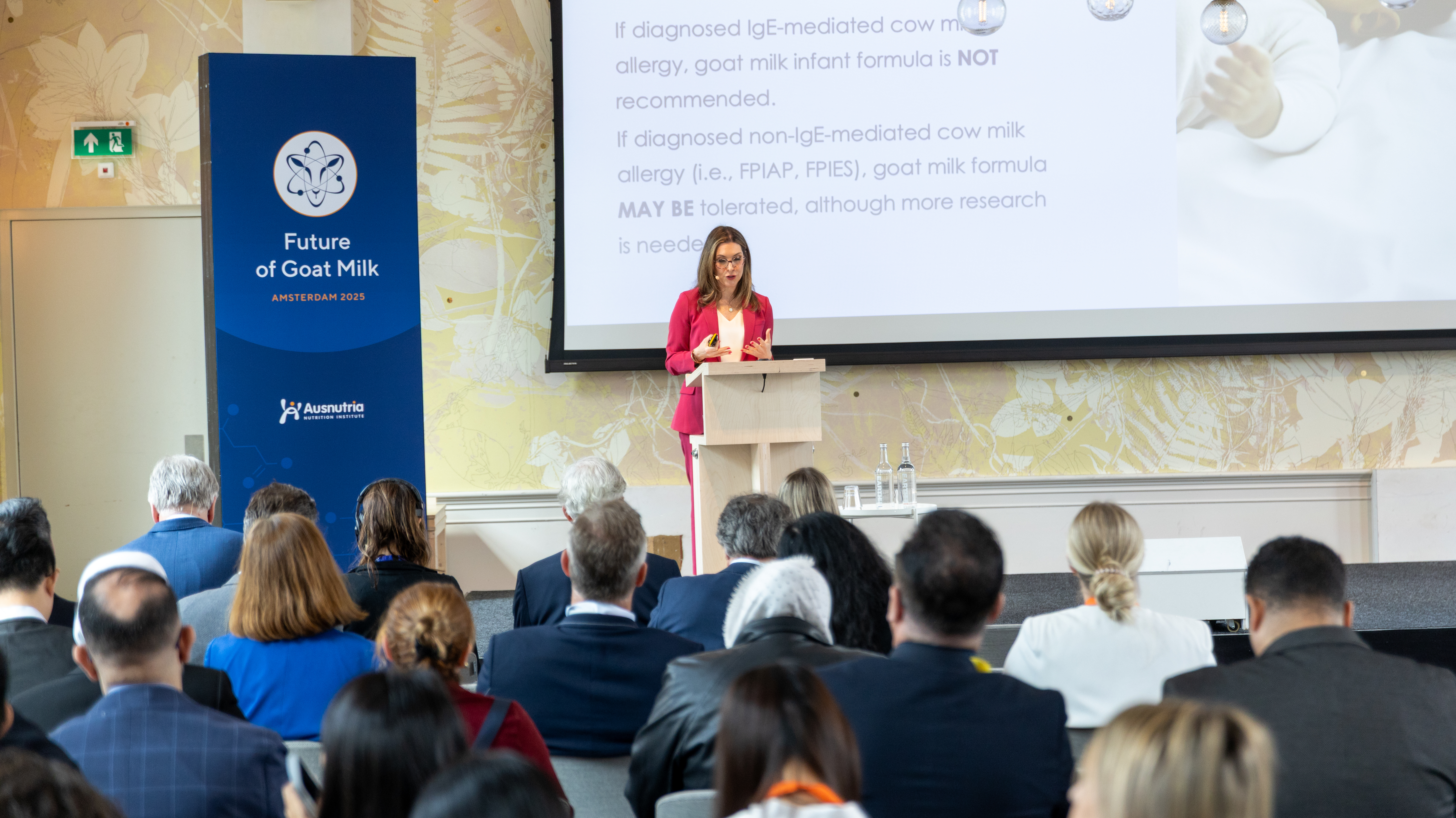What I Learned as a Physician Assistant and Pediatric Dietitian About Infant Formula After Visiting the Source


Gain insights into feeding transitions for infants and toddlers. Review tips and advice for shifts from breastmilk to formula or changing formulas.
Medically Reviewed by: Ari Brown, MD - Author of Baby 411, Chief Medical Advisor for Kabrita USA
As a physician assistant and pediatric dietitian, I've helped thousands of families navigate infant feeding challenges. Recently, I had the opportunity to travel to the Netherlands to see exactly how goat milk-based infant formula is made—and what I learned should reassure every parent about infant formula safety and quality.
While breast milk is the gold standard for infant nutrition, many families need formula for various reasons. Whether you're dealing with breastfeeding challenges, returning to work, or simply choosing what works best for your family, infant formula can be a part of your baby’s feeding journey.
Selecting the right formula can feel overwhelming with so many options available. Choosing a formula for your baby is a personal choice and there are many factors to consider.
Every baby is different so selection should be tailored to your child's specific needs and family preferences considering factors like allergies, digestive sensitivity, and your pediatrician's recommendations. Goat milk-based infant formula has some key differentiators compared to cow milk-based infant formulas, with the most impactful differentiator being the difference in protein structure which makes it naturally easier to digest leading to potentially fewer gastrointestinal symptoms. It’s also important to know that goat milk-based infant formula meets American Academy of Pediatrics guidelines and is recommended as a safe, complete nutrition source for term infants. Kabrita’s infant formula is the only goat milk-based infant formula that has gone through the entire FDA review process.
From Farm to Bottle
My recent trip to the Netherlands opened my eyes to the incredible care that goes into goat-milk based formula production. I visited Kabrita’s Dutch goat farms where hundreds of goats thrive on freshly cut hay and individually tailored diets. The farmer was educated, passionate, and proudly shared how he cares for his herd 365 days a year, using advanced milking technology that ensures both efficiency and animal welfare.
But the real eye-opener came at the manufacturing facility.
The formula production facility I toured resembled something closer to a medical laboratory than a typical food factory.
Here are the safety measures that impressed me most:
Ultra-Clean Environment: The factory was built specifically to prevent dust collection, humidity, and bacterial growth. Even the walls were designed with safety in mind.
Powder-First Process: Formula starts as completely dry powder—a crucial step that prevents bacteria and mold from forming during production.
Multiple Quality Checkpoints: The Quality Assurance team conducts countless internal quality checks throughout production, following strict HACCP-based protocols.
FDA Standards: The facility is FDA-inspected and every batch must meet rigorous safety and consistency standards before leaving the factory.
Heavy Metal testing: All European-made infant formulas must meet the European safety & manufacturing standards, which includes heavy metal regulations.
What This Means for Parents
As both a medical professional and someone who understands food safety protocols, witnessing this level of care from the farm to the factory reinforced my confidence in the safety of infant formula. Every step—from the farmers caring for their animals to the meticulous quality control in manufacturing—is designed with one goal: providing the highest quality product to keep babies safe and healthy.
The extensive safety measures—from powder processing that prevents contamination to rigorous testing protocols—ensure that formula is safe for your precious baby.







